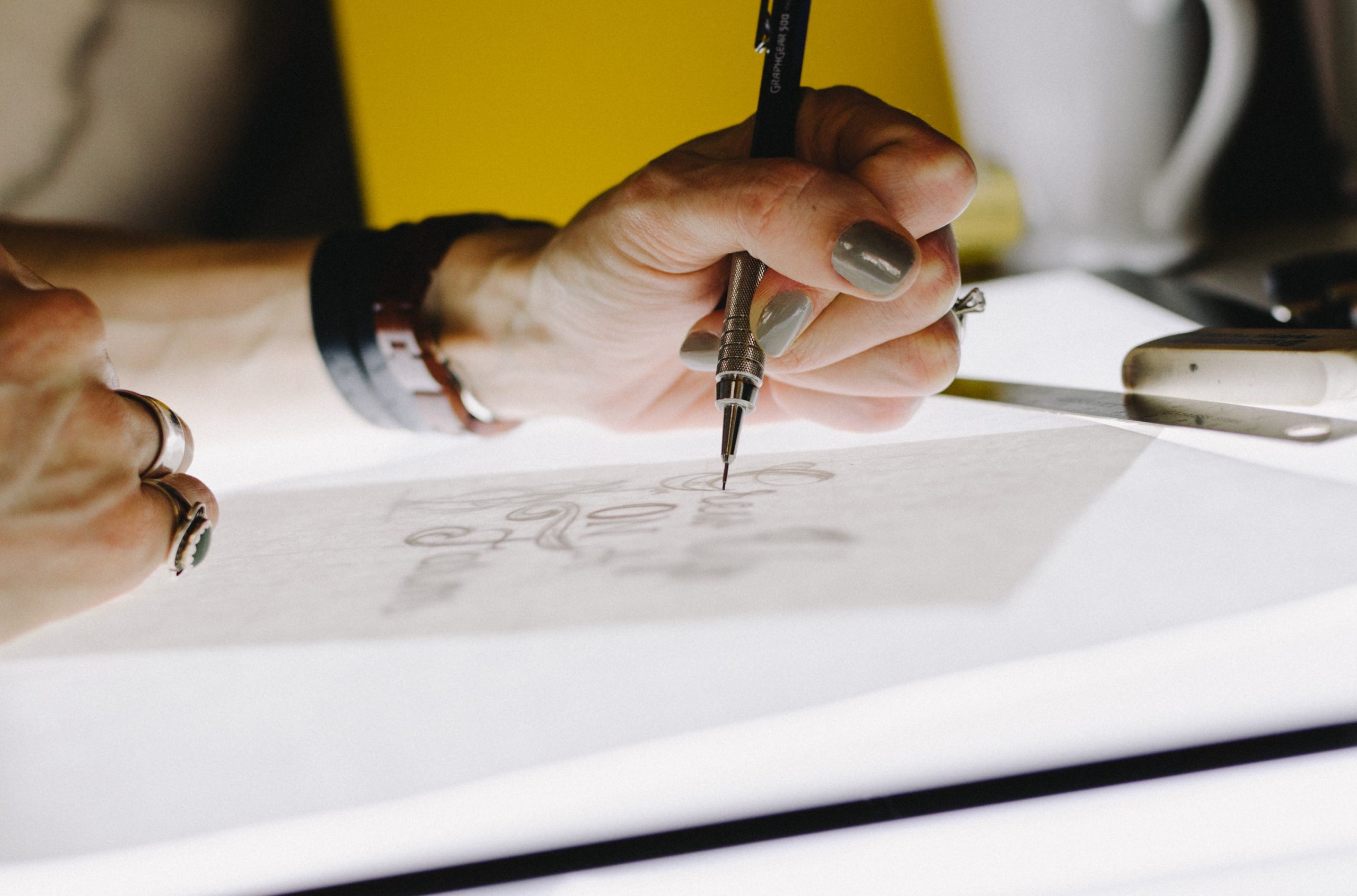You can save money to create great designs. These cash-conscious design ideas are straight from the homes of designers.
Are your living rooms dull? Are your concrete patios an eyesore? You’re not alone if you think your concrete patio is an eyesore. Even interior designers face such style challenges and budgets that aren’t endless.
“Tile” is a concrete patio slab painted with paint
Using a Moroccan-tile-inspired stencil pattern (right), Dabito gave the concrete slab a bold makeover. The new patio enclosure, which is 11 feet tall, relieves the New Orleans summer heat. While the slanted roof prevents rainwater pooling, it also keeps rainwater out of the patio.
The challenge: Dabito had just returned from Marrakech and wanted to make his 1950s ranch’s backyard feel more Moroccan. He received quotes for cement tiles but settled on a cheaper alternative. He made the stencil patterns, which he then painted in two days.
Wood panelling creates a cosy cabin atmosphere
Left: Humphrey selected pine as the wall material “because it is greyish and doesn’t get too ruddy.” You would use a water-based sealer to prevent it from turning colour to the sun. I chose not to because I was lazy.
Right: A vintage desk used as a breakfast table and a pair of painted 1920s chairs give colour to the pine-panelled walls. Three bird pieces–needlepoint Humphrey discovered at a junk store and had framed among the folk-art farm signs, schoolhouse-style maps and farm signs.
The challenge: Max says the 1970s suburban ranch was “perfectly tasteful inside” and “just very vanilla for him.” He hired a contractor to lay engineered oak floors. The walls were covered with pine V-groove board from the home centre, and the ceiling with similar cedar boards. It’s like a cosy cabin in the Pacific Northwest.
How-to: Humphrey states that he needed thin wall panelling to allow the doorframes to be proud of the wall since he wasn’t ripping out drywall. He found 5/16 inches thick wall panelling at The Home Depot.
He attached the ceiling-height lengths to the walls using Liquid Nails and an electric nail gun. No finishing was required. To minimize seams, he used thicker planks (6-inch wide, Pattern Stock Cedar Tongue and Groove Siding) to cover the ceiling.
Left: A coatrack Humphrey made from leftover ceiling material, and brass hooks are found at the entrance. He made the mirrors out of vintage frames. Benjamin Moore’s Chartreuse is Benjamin Moore’s welcoming door colour.
Right: Humphrey built the banquette for the dining room out of finish plywood and then covered it with custom cushions made from Pendleton fabric by Sunbrella. The 1930s cowboy painting was found on Etsy. My toddler believes it’s me. I don’t correct him.




